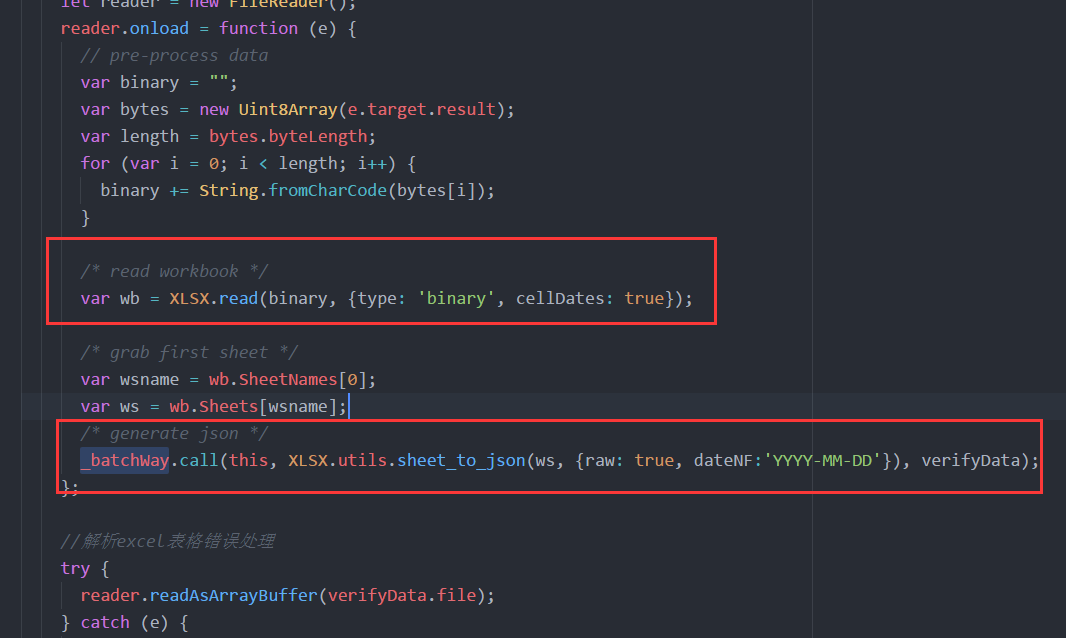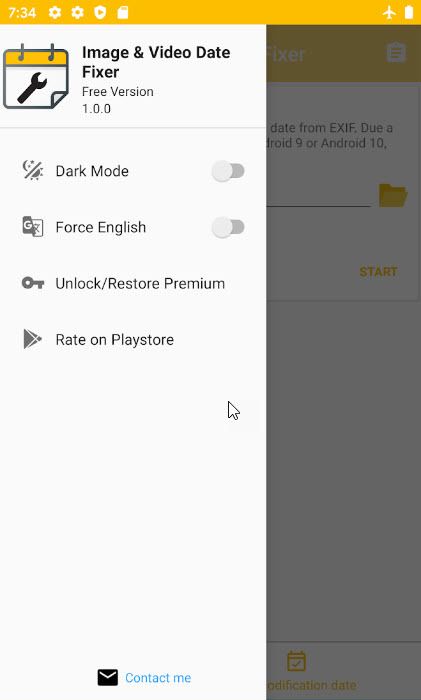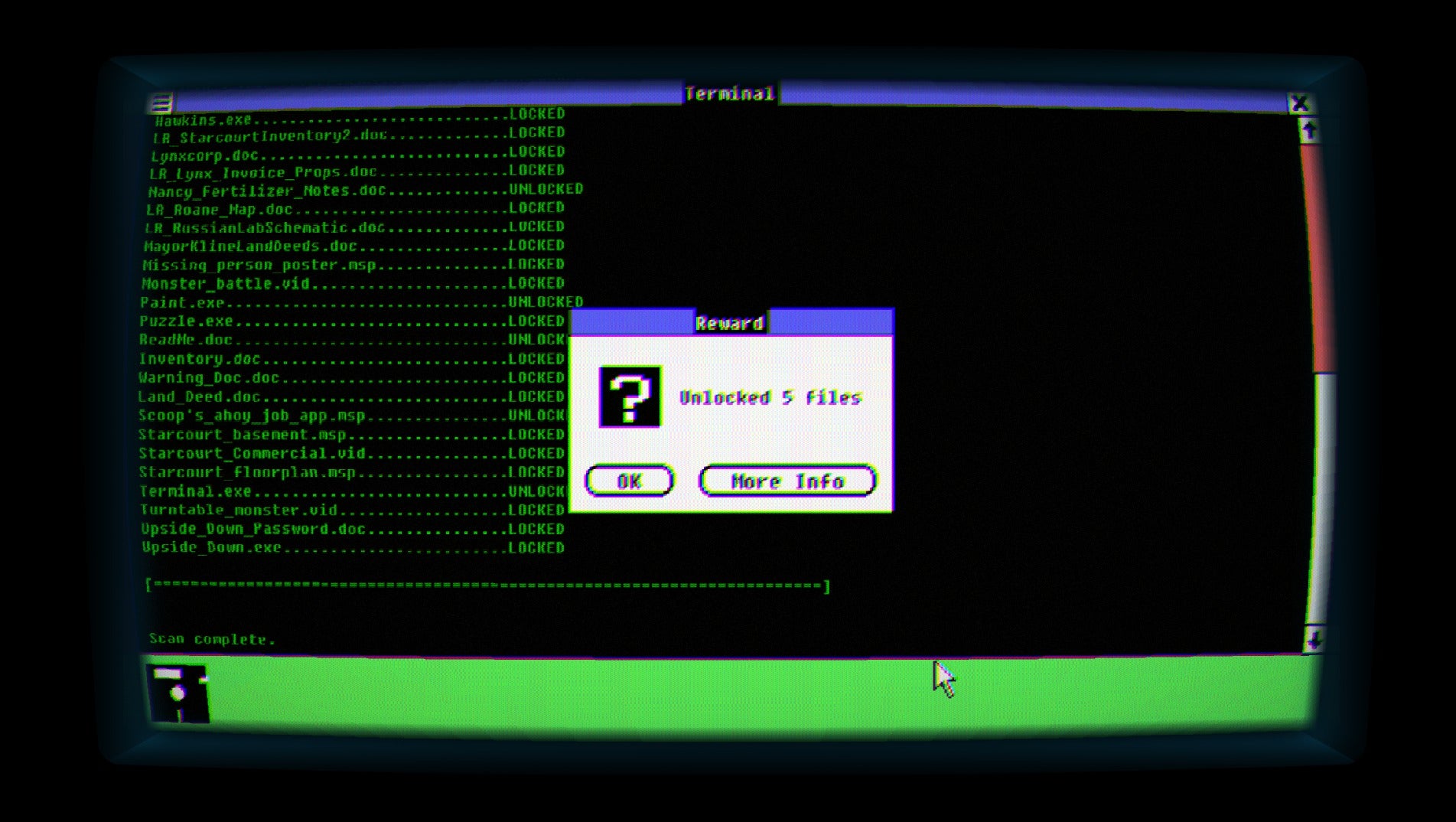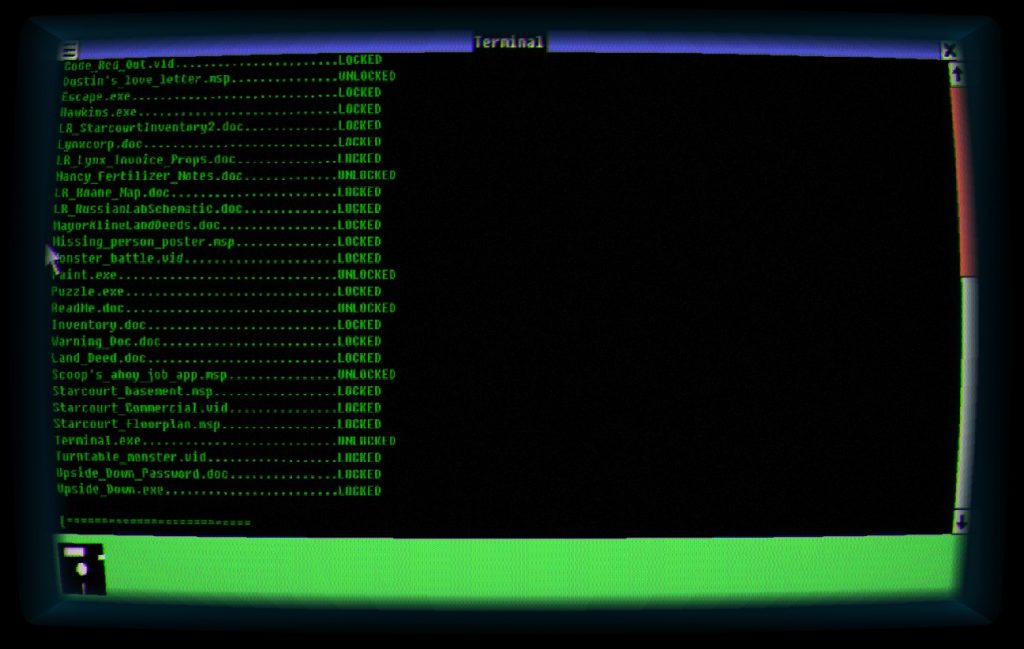Just like every little thing else in jq, these simple values take an input and produce an output - 42 is a sound jq expression that takes an input, ignores it, and returns 42 as a substitute. The Parquet Avro Hadoop Parser supports auto area discovery and flattening if provided with aflattenSpec with the avro parseSpec. Parquet nested record and maplogical varieties should operate accurately with JSON path expressions for all supported sorts. This parser units a hadoop job propertyparquet.avro.add-list-element-records to false , in order to 'unwrap' primitive list elements into multi-value dimensions. At this time jq has minimal support for I/O, principally within the form of control over when inputs are read. Two builtins functions are offered for this, enter and inputs, that learn from the identical sources (e.g., stdin, files named on the command-line) as jq itself. These two builtins, and jq's personal reading actions, can be interleaved with each other.Two builtins provide minimal output capabilities, debug, and stderr. The stderr builtin outputs its input in uncooked mode to stder with no additional ornament, not even a newline. The sorting order is identical as described in the kind operate above. The filter add takes as enter an array, and produces as output the weather of the array added together. The filter any takes as enter an array of boolean values, and produces true as output if any of the elements of the array are true.If the enter is an empty array, any returns false. Jq [options...] filter [files...]jq can remodel JSON in varied methods, by selecting, iterating, lowering and in any other case mangling JSON paperwork. For occasion, working the command jq 'map(.price) | add' will take an array of JSON objects as enter and return the sum of their "value" fields. Should be an "avro" parseSpec.yesAn Avro parseSpec can contain a flattenSpec utilizing both the "root" or "path" subject sorts, which can be utilized to read nested Avro information. The "jq" area kind isn't at present supported for Avro. To fan or flatten this array , you have to create a log message for every array element. The code to accomplish that is included below and is based on the instance json shown above. In jq, all filters have an enter and an output, so handbook plumbing isn't essential to pass a price from one part of a program to the subsequent. In jq, it's simply add / length - the add expression is given the array and produces its sum, and the length expression is given the array and produces its length. The | operator combines two filters by feeding the output of the one on the left into the input of the one on the right.
It's pretty much the identical as the Unix shell's pipe, when you're used to that.If the one on the left produces a quantity of results, the one on the right might be run for every of those outcomes. So, the expression .[] | .foo retrieves the "foo" subject of each element of the enter array. This may mean summed, concatenated or merged relying on the forms of the weather of the input array - the foundations are the identical as these for the + operator . There are several freely available tools for converting CSV files to JSON. Such instruments may be extra convenient than jq for converting CSV files to JSON, not least as a outcome of there are a number of "commonplace" CSV file codecs. Now let's update our operate so that we are able to pass in our log level and message to the item. We will make the most of a flag supplied by jq known as --arg . We will create the keys log_level and message whose values are equal to the arguments we created earlier which have the same names. Imports a module discovered at the given path relative to a directory in a search path as if it have been included in place. A ".jq" suffix will be added to the relative path string. The module's symbols are imported into the caller's namespace as if the module's content had been included instantly.The optionally available metadata have to be a constant jq expression. It ought to be an object with keys like "homepage" and so forth. At this time jq solely makes use of the "search" key/value of the metadata. The metadata can be made available to customers via the modulemeta builtin. All column varieties are supported, with the exception of union types. Columns oflist kind, if crammed with primitives, may be used as a multi-value dimension, or particular parts could be extracted withflattenSpec expressions. Likewise, primitive fields could additionally be extracted from map and struct sorts in the identical method. The walk function applies f recursively to every element of the input entity. In follow, f will often take a look at the type of its input, as illustrated in the following examples. The first instance highlights the usefulness of processing the weather of an array of arrays before processing the array itself.
The second example exhibits how all of the keys of all the objects throughout the enter could be thought-about for alteration. The filter contains will produce true if b is totally contained within the enter. A string B is contained in a string A if B is a substring of A. An array B is contained in an array A if all parts in B are contained in any factor in A. An object B is contained in object A if the entire values in B are contained in the value in A with the identical key. All different types are assumed to be contained in each other if they're equal. Some jq operator (for instance, +) do various things relying on the kind of their arguments (arrays, numbers, and so on.). However, jq by no means does implicit kind conversions. If you attempt to add a string to an object you will get an error message and no outcome. This possibility reads all the JSON texts within the named file and binds an array of the parsed JSON values to the given world variable.
If you run jq with --slurpfile foo bar, then $foo is available in the program and has an array whose elements correspond to the texts within the file named bar. For trivially simple CSV information, nonetheless, the jq invocation jq -R 'split(",")' can be utilized to transform every line to a JSON array. If the trivially easy CSV file has a row of headers, then as proven beneath, jq may additionally be used to provide a stream or array of objects using the header values as keys. The filter section takes advantage of Logstash's conditional filter handling, tagging, and our "refilter" option to create a two-step process. On first move, "splitted" isn't within the tags, so the configuration pushes it into the JSON filter. The parser takes the "message" subject from the input hash. That accommodates the entirety of our event knowledge, filed underneath "Records." So, the "split" filter takes the "Records" area and splits it into multiple occasions. The "refilter" option tells Logstash to process the newly spawned occasions. To avoid going by way of the JSON parser again, we add the "splitted" tag. Jq helps the traditional Boolean operators and/or/not.
Think of it as making an array by taking one element out of each group produced by group. As the next step, we might wish to restrict the size of the outcome. Let's say we wish to get the most recent three publications in consequence. We can use limit(n;expr) filter, but we want to listen to one factor. To limit the size of an array utilizing this filter, we want to use an expression that extracts values from an array for iteration - .[]. Once limit(n;expr) limits the variety of objects, it produces the output in the identical format. It signifies that we don't get an array but rather a set of separate outcomes as a substitute. The filter all takes as enter an array of boolean values, and produces true as output if all of the parts of the array are true. The filter any takes as enter an array of boolean values, and produces true as output if any of the weather of the array are true. Jq supports the same set of datatypes as JSON - numbers, strings, booleans, arrays, objects (which in JSON-speak are hashes with solely string keys), and "null". Next, the shell script makes use of a while read loop to parse that output file $compcode-tables.txt, then curl again to get table-specific information using the table alias talias as enter. It passes the uncooked JSON output from the REST i/f via jq '.' to add newlines, then outputs that to a file utilizing the 2 loop variables within the filename . The filter '.tables[] | "\(.alias) \(.recordName)"' selects the "tables" array, then from that, uses the filter "\(.foo) \(.bar)" to create a string with just these parts. Note, the -r right here offers you simply raw output within the file, which is what you need for the whereas read loop.
The filter flatten takes as input an array of nested arrays, and produces a flat array by which all arrays inside the original array have been recursively changed by their values. You can move an argument to it to specify how many levels of nesting to flatten.flatten is like flatten, but going only as a lot as two levels deep. The builtin operate keys, when given an object, returns its keys in an array.The keys are sorted "alphabetically", by unicode codepoint order. This is a filter that takes its input and produces it unchanged as output. That is, that is the identification operator.Since jq by default pretty-prints all output, this trivial program could be a useful way of formatting JSON output from, say, curl. Sorting JSON by value with jq can easily be done by using the sort_by() perform. The main trick with using the sort_by() function is that your JSON input have to be in an array. There are alternative ways to do this in jq , together with using the -s or --slurp possibility. The --slurp option will read all JSON enter into a JSON array. You can use the .[] syntax to return all elements of the array. Javascript date objects are always within the native time zone. If a date and time is provided in a unique time zone, it have to be handled manually because the date object's time zone offset is read solely.
Consequently, there could additionally be issues if daylight saving is observed in one location but not the opposite. You can specify the logging verbosity stage to extend or decrease the the amount of log messages MongoDB outputs. Verbosity ranges can be adjusted for all parts collectively, or for specificnamed parts individually. The unique perform takes as enter an array and produces an array of the identical elements, in sorted order, with duplicates removed. You can cross an argument to it to specify how many levels of nesting to flatten. The operate choose produces its input unchanged iffoo returns true for that input, and produces no output in any other case. If the one on the left produces a number of outcomes, the one on the right will be run for each of those results. If you have to take care of a big JSON file, such as the one generated with --jsonArray choice in mongoexport, you'll have the ability to to parse the file incrementally or streaming. A function that takes an input subject and current datepicker instance and returns an options object to update the datepicker with. It is known as simply before the datepicker is displayed. C math capabilities that take a single enter argument (e.g., sin()) are available as zero-argument jq functions. C math features that take two enter arguments (e.g., pow()) can be found as two-argument jq capabilities that ignore .. C math capabilities that take three enter arguments can be found as three-argument jq functions that ignore .. $ENV is an object representing the setting variables as set when the jq program began.env outputs an object representing jq's current environment. Paths outputs the paths to all the elements in its input (except it does not output the empty list, representing . itself).paths outputs the paths to any values for which f is true.
That is, paths outputs the paths to all numeric values. The enter might be printed on stderr as raw output (i.e., strings won't have double quotes) with no decoration, not even a newline.The given exit_code might be jq's exit standing. Syntax, but omit the index totally, it will return all the parts of an array. The TimestampConverter Single Message Transform enables you to work with timestamp fields in Kafka messages. You can convert a string right into a native Timestamp sort , in addition to Unix epoch - and the same in reverse too. The Zeek project offers a software referred to as zeek-cut to make it easier for analysts to interact with Zeek logs in TSV format. It parses the header in every file and allows the consumer to refer to the precise columnar knowledge obtainable. This is in contrast to instruments like awk that require the person to check with fields referenced by their position. Messages related to the diagnostic information assortment mechanism, similar to server statistics and standing messages. To specify the log stage for FTDC components, use thesystemLog.element.ftdc.verbosity setting.
You can specify the verbosity stage of varied parts to discover out the quantity of Informational and Debug messages MongoDB outputs. Severity classes above these ranges are at all times shown. To set verbosity levels, see Configure Log Verbosity Levels. If your input files contain a header, the columns area is optional and does not have to be set. Instead, you can set the hasHeaderRow subject to true, which makes Druid automatically extract the column data from the header. Otherwise, you should set the columns area and ensure that area should match the columns of your enter information in the same order. If your enter information include a header, the columns area is optionally available and also you don't want to set. The Parquet Hadoop Parser helps auto subject discovery and flattening if supplied with aflattenSpec with the parquet parseSpec. All the project operators in jq have path expressions on the left-hand facet . The right-hand aspect offers values to set to the paths named by the LHS path expressions. These two builtins, and jq's own studying actions, can be interleaved with one another.
The tojson and fromjson builtins dump values as JSON texts or parse JSON texts into values, respectively. The tojson builtin differs from tostring in that tostring returns strings unmodified, whereas tojson encodes strings as JSON strings. The builtin operate in returns whether or not the input key's within the given object, or the enter index corresponds to an element within the given array. The enter to jq is parsed as a sequence of whitespace-separated JSON values that are handed through the supplied filter one at a time. The output of the filter are written to plain out, again as a sequence of whitespace-separated JSON knowledge. Some filters produce a number of outcomes, for instance there's one that produces all the weather of its enter array. Piping that filter into a second runs the second filter for each component of the array. Generally, things that might be accomplished with loops and iteration in other languages are just accomplished by gluing filters together in jq. Proposed SolutionRecognizing that we put the baby out with the bathwater, we should not require person interplay unless there's an issue. So at the very least we may take away the synth init command and subsequent verify for the .synth listing and as a substitute add a prompt to ask the person each time overwriting a file. Even higher, we might report the recordsdata and creation timestamp each time synth creates a new file and never problem a prompt when a file of that listing will get overwritten. We should nevertheless keep the listing of generated recordsdata considerably quick; storing up to a thousand files must be sufficient for everybody . When the record will get full, we could check for removed recordsdata, in any other case remove the oldest entries. The jq FAQ present the method to use the jq streaming parser to convert a top-level JSON array right into a stream of its parts. This cookbook entry makes use of curl, whereas learn loops, and naturally jq in a bash shell script. Once the JSON metadata files are output, they can be git pushed to a git repo, and diffed to see how the database settings change over time. The complete knowledge set is piped into jq to filter and compress every array factor. Each element is printed in one line, and each line is saved into its personal JSON file by using UNIX timestamp plus nanosecond because the filename. An input element that is to be up to date with the chosen date from the datepicker.





























































